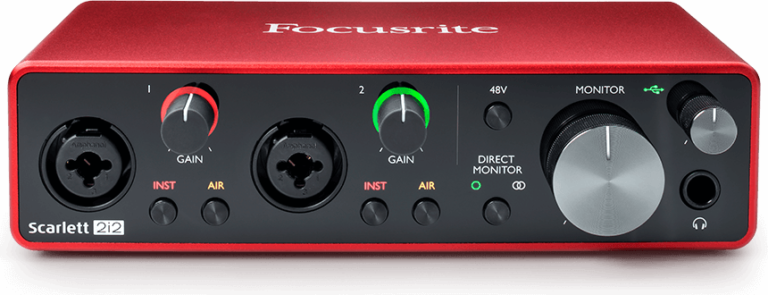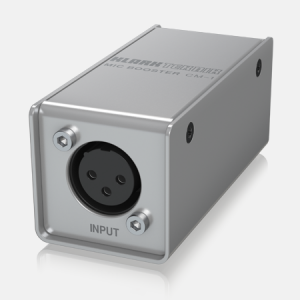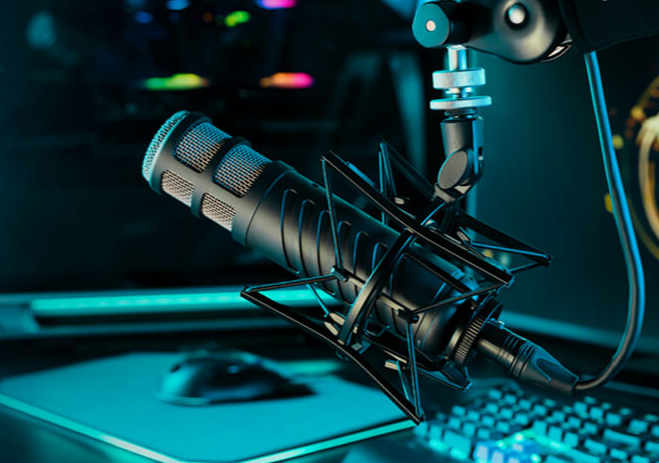Broadcast and Studio Microphones ~
In part 1, I discussed the use case when one would like to keep the microphone out of the video frame. In this post, I explore the scenario of when it’s acceptable for the mic to be visible in the talking head video or screencast. One of the perceived negatives of shotgun and lavalier/lapel microphones is the lack of the feeling that the on-screen personality is speaking directly to you. For want of a better description, the voice sounds “smaller”. This is mainly due to the relatively smaller diaphragms in shotgun and lavalier mics.

When usb-powered audio interfaces first entered the consumer market, they had low powered mic preamps and were able to drive only condenser mics. Studio condenser mics are the staple of the recording industry because, when used correctly, they capture a large, intimate and detailed rendering of the human voice. These characteristics are the product of a large diaphragm and the inherent higher sensitivity of the condenser design. Condenser mics work a treat when used in acoustically treated purpose-built recording studios.
However, since many podcasts and screencasts are recorded in homes and offices, the higher sensitivity of condenser mics results in ambient sounds and reverberations making their way into recordings which can be distracting to the listener or learner in our case.
Enter the workhorse of radio studios and live gigs – the dynamic microphone.
The relative insensitivity of the dynamic design is a huge plus factor when it comes to recording in acoustically untreated spaces because (when compared to condenser mics) dynamic mics pick up less ambient sounds and reverberations.
However, dynamic mics place greater demands on the mic preamps of audio interfaces than condenser mics do. A mic preamp is the section of an audio interface that boosts the voltage coming out of the microphone before sending that signal to the analog-to-digital converter (ADC).
While the number of USB audio interfaces with enough gain and a low enough noise floor in their mic preamps to adequately power dynamic mics is growing, there are a lot of models that do not supply adequate gain. Plus there is a whole lot of legacy audio interfaces that just aren’t built to work with dynamic mics but are otherwise perfectly usable. What’s one to do if one already possesses one of these devices? The solution is to use a mic activator which harnesses +48V phantom power (needed to power condenser mics) to power an intermediate mic preamp that pumps out about 20 dB of gain. That signal is then fed into the mic preamp of the audio interface.
The original mic activator, the CloudLifter CL-1, is quite pricey but there are less costly alternatives. I own the inexpensive Klark Teknik CM-1 and it works well enough for my purposes.
Incidentally, if you already own the Rode AI-1 audio interface, apply the latest firmware update and you’ll have sufficient gain to power most dynamic mics.

So which dynamic microphone? The price range is wide – from the AUD 35 Behringer XM8500 to the AUD 700+ Shure SM7B and beyond. In general, lower priced models tend to produce a somewhat gritty sound while higher end models like the SM7B sound a lot smoother. So it all depends on one’s needs and one’s budget. I think the Rode Procaster hits the sweet spot at just under AUD 200.
In general, using a dynamic mic involves buying the mic itself, an audio interface, a mic activator, a couple of XLR cables and a mic stand.

There are also dynamic mics that have built-in audio interfaces and can be connected to one’s laptop or mobile device via USB but there aren’t many options. At the lower end of the price range are the Audio Technica ATR-2100x and the Samson Q2U. And there is the more expensive Shure MV7.
p.s. The banner image shows Tammy Sypniewski’s, Youtube setup https://www.youtube.com/channel/UCBAjhXYe7oCPi5pbMv5AMgw
#edtech #elearning #onlinelearning
